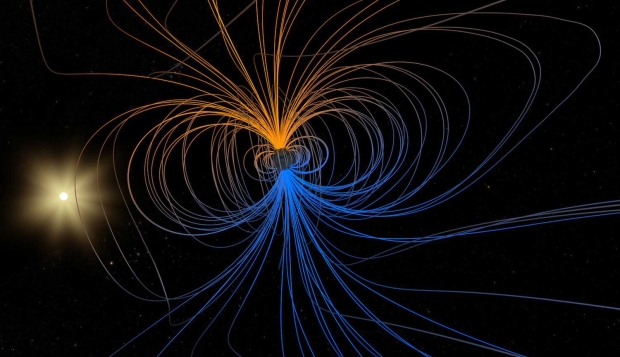A study published in the journal Nature Communications describes the discovery.
The researchers were able to change the magnetic properties of nickel phosphorus trisulfide (NiPS3), by way of a quasiparticle known as "excitons." An exciton refers to an electron and a "hole" left behind where the electron was when it moves after absorbing energy from an incoming photon of light. Quantum mechanics mean the electron and the hole remain connected.
"The excitons in this material are rather unique in that they are coupled to magnetism in the system. It was quite impressive to be able to "kick" the excitons with light and observe the associated changes in the magnetism," said Nuh Gedik, an MIT professor of physics.
A property of electrons called spin enables magnets to work, and when all of these spins are aligned to point in one direction, the result is a ferromagnet. The nickel phosphorus trisulfide material used by the team is antiferromagnet, in which alternating spins point in opposite directions. They were able to cause the electron's spin to rotate by shining a light pulse at the material, generating a spin wave, which may be used in the field of spintronics (or spin electronics) to create new, faster computer memory technologies.
"We are not there yet. In this paper we've demonstrated a process that underlies coherent domain switching: the next step is to actually switch domains," said Edoardo Baldini, a professor at the University of Texas at Austin.
You can read more from the study here.



